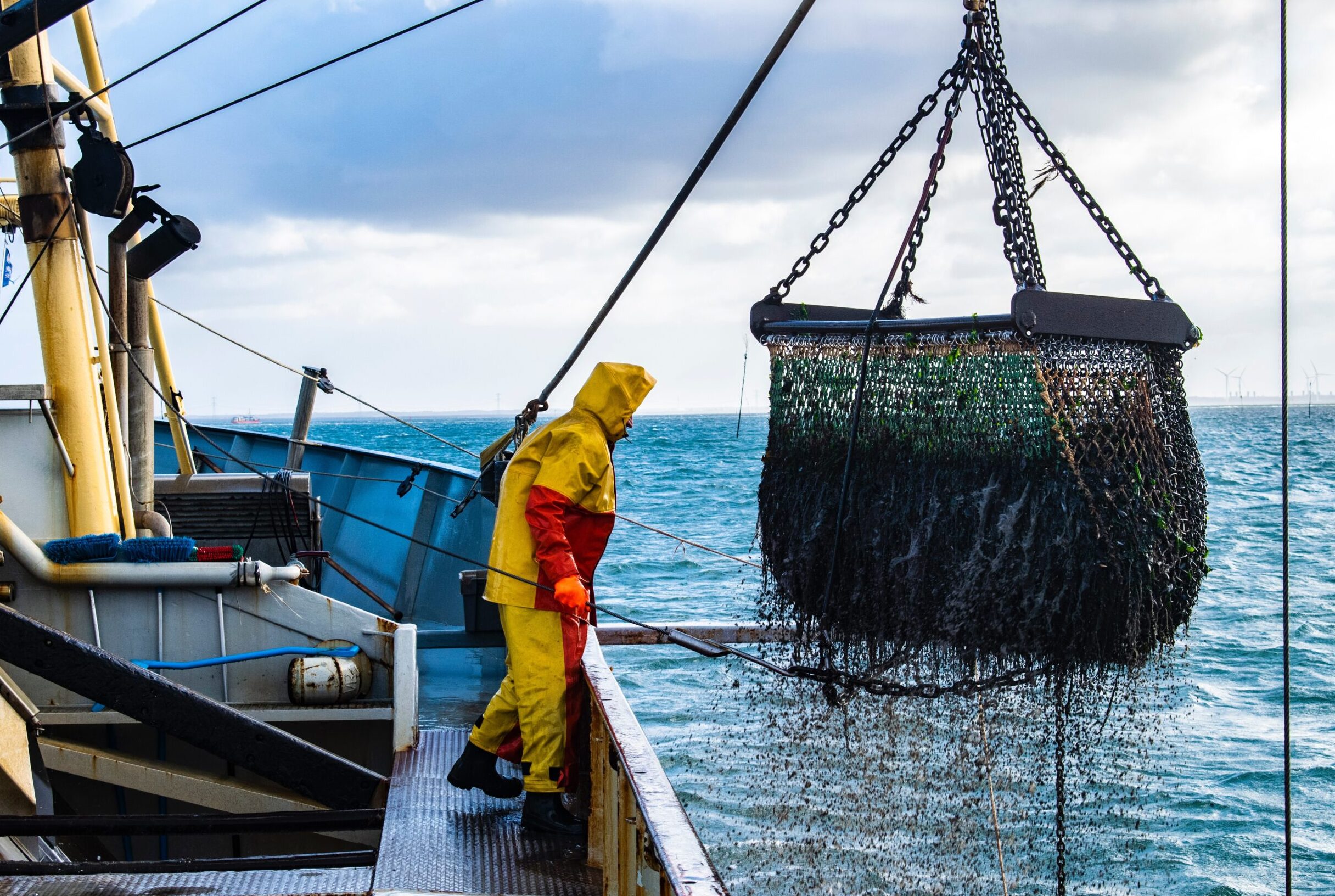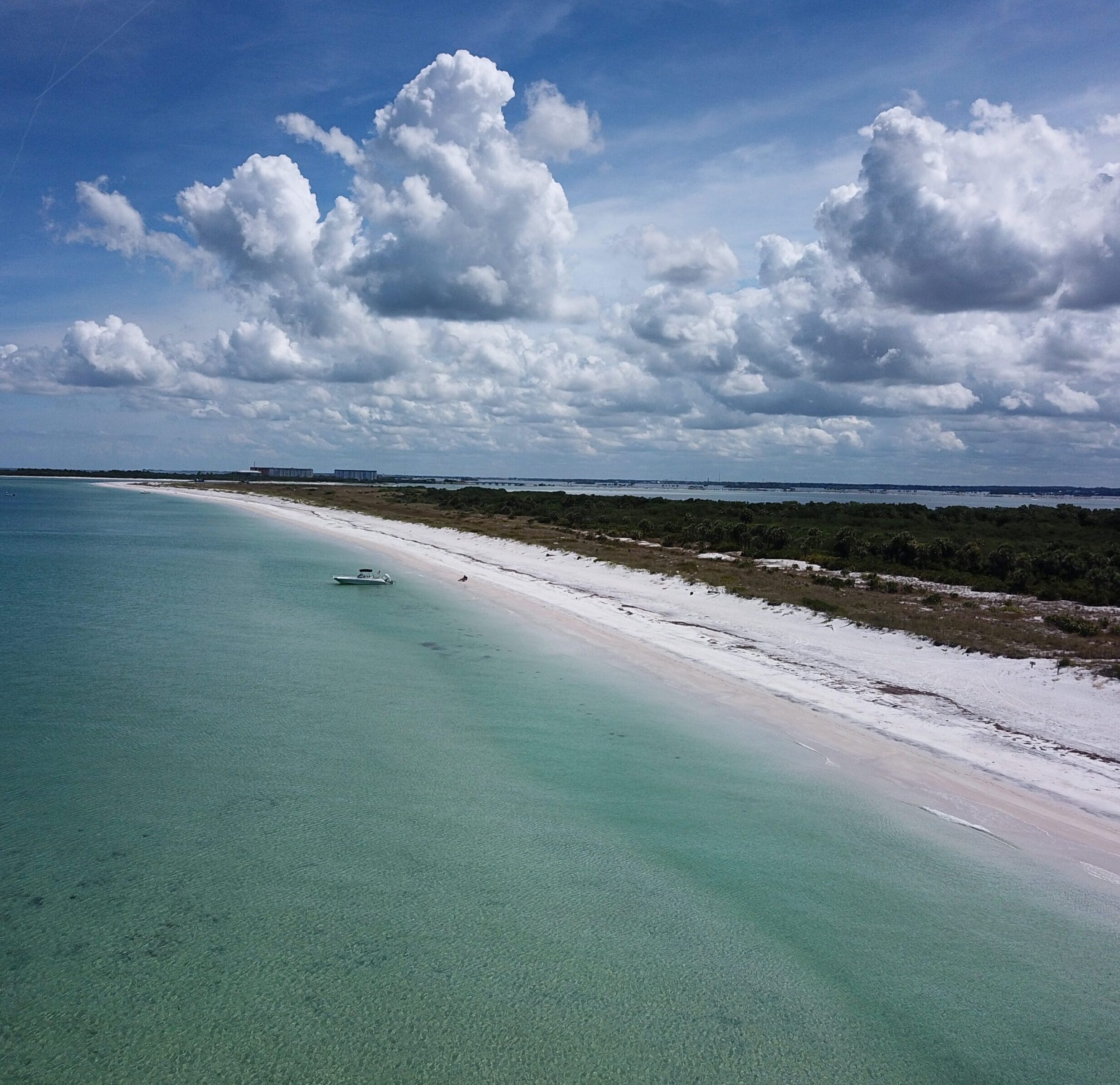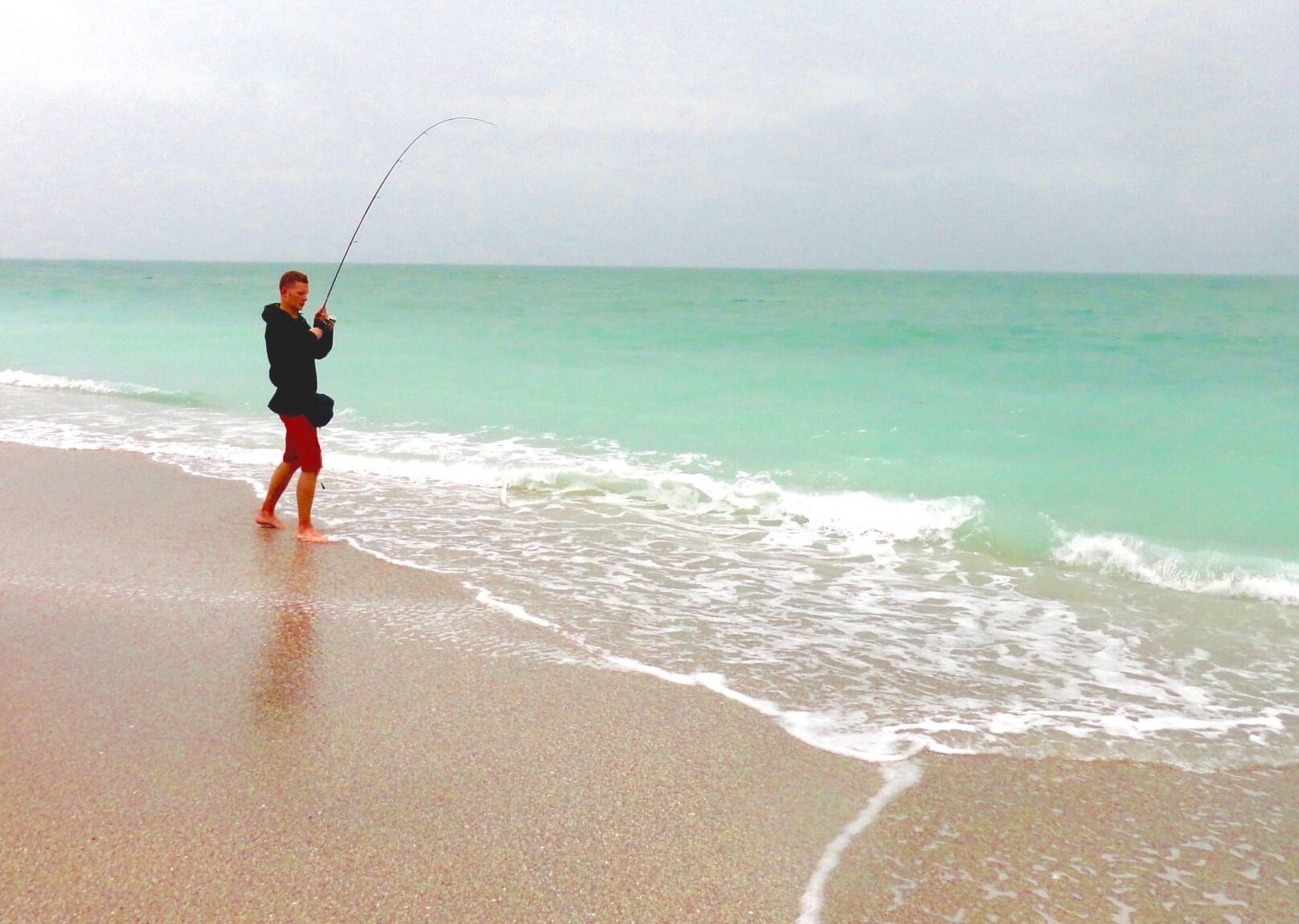The world’s oceans are teeming with a diverse array of fish species, providing food and livelihoods for millions of people. However, overfishing and other environmental challenges threaten the health of these populations and their habitats. To ensure that future generations can continue to enjoy the bounty of our seas, it is crucial to adopt sustainable fishing practices that prioritize conservation and responsible management. In this blog post, we will delve into the challenges facing fisheries today and explore how sustainable fishing can help protect fish populations while supporting healthy ecosystems.
Overfishing
Overfishing occurs when more fish are taken from a body of water than can be replaced through natural reproduction. This unsustainable practice has become increasingly prevalent in recent years due to advances in fishing technology and the growing demand for seafood.
One consequence of overfishing is the depletion of certain species, which can lead to imbalances in marine ecosystems. For example, removing too many predators from an area can cause an explosion in their prey populations, throwing off the delicate balance of the food web.
Overfishing also has economic impacts, as it can result in lower catches and reduced profits for fishermen and coastal communities. In addition, it puts pressure on vulnerable or endangered species that may be crucial to local cultures or ecologies.
To combat overfishing, governments around the world have implemented measures such as catch limits and seasonal closures. Consumers can also play a role by choosing sustainably sourced seafood products that support responsible fishing practices.
Environmental Challenges
Environmental challenges have had a profound impact on fisheries in recent years. The world’s oceans are facing significant environmental threats, including climate change, pollution and habitat destruction.
Climate change has been responsible for an increase in sea temperatures, which has led to the migration of fish populations from their usual habitats to cooler waters. This shift can disrupt ecosystems and cause imbalances that affect not only the fish populations but also other marine species.
Pollution is another major threat to fisheries. Industrial waste, agricultural runoff and plastic debris all contribute to the degradation of water quality and harm aquatic life directly or indirectly. Plastic waste, in particular, poses a growing threat as it persists long after being discarded into our waterways.
Habitat destruction due to human activities such as coastal development and dredging operations also adversely affects fish populations by destroying crucial spawning grounds or nursery areas.
These environmental challenges pose a severe risk to our fisheries’ health and sustainability. It is essential that we take steps towards mitigating these harmful effects through sustainable fishing practices that aim at reducing overfishing pressure while protecting critical habitats from further damage.
Sustainable Fishing Practices
Sustainable fishing practices are essential for the survival of fish populations and their habitats. These practices focus on minimizing the impact of commercial fishing activities on marine ecosystems while allowing for a continued source of livelihood for those who rely on fishing.
One key aspect of sustainable fishing is regulating catch limits to prevent overfishing. This means setting quotas that ensure only a certain amount of each species can be caught in any given period, allowing time for stocks to replenish and grow. Additionally, enforcing size restrictions helps protect juvenile fish from being caught before they have had a chance to reproduce.
Another important practice is using gear that reduces bycatch, which refers to non-targeted species or other marine life accidentally caught during commercial operations. Bycatch can cause significant damage to ecosystems when it includes endangered or threatened species like sea turtles or sharks. Sustainable methods such as circle hooks and nets with escape panels reduce this risk.
Improving monitoring and enforcement measures ensures compliance with sustainable guidelines through routine inspections, tracking technologies and increasing penalties for illegal activities.
By adopting these approaches towards sustainability, we can help protect our oceans’ natural resources today while ensuring responsible use long into the future.
The Future of Fish
It is clear that the future of fish populations and their habitats depend heavily on sustainable fishing practices. By implementing measures such as catch limits, gear restrictions, and marine protected areas, we can ensure that fish stocks are not overfished and ecosystems remain intact.
Furthermore, it is important for consumers to choose sustainably sourced seafood products to support environmentally responsible fishing practices. This way, we can create a market demand for sustainable seafood and encourage more fisheries to adopt these practices.
To secure the future of our oceans’ resources, it is crucial that everyone plays a role in promoting sustainability. By working together towards this common goal, we can protect fish populations and their habitats for generations to come. Let’s strive towards responsible fishing practices so that our children may also enjoy the bounties of the sea!


